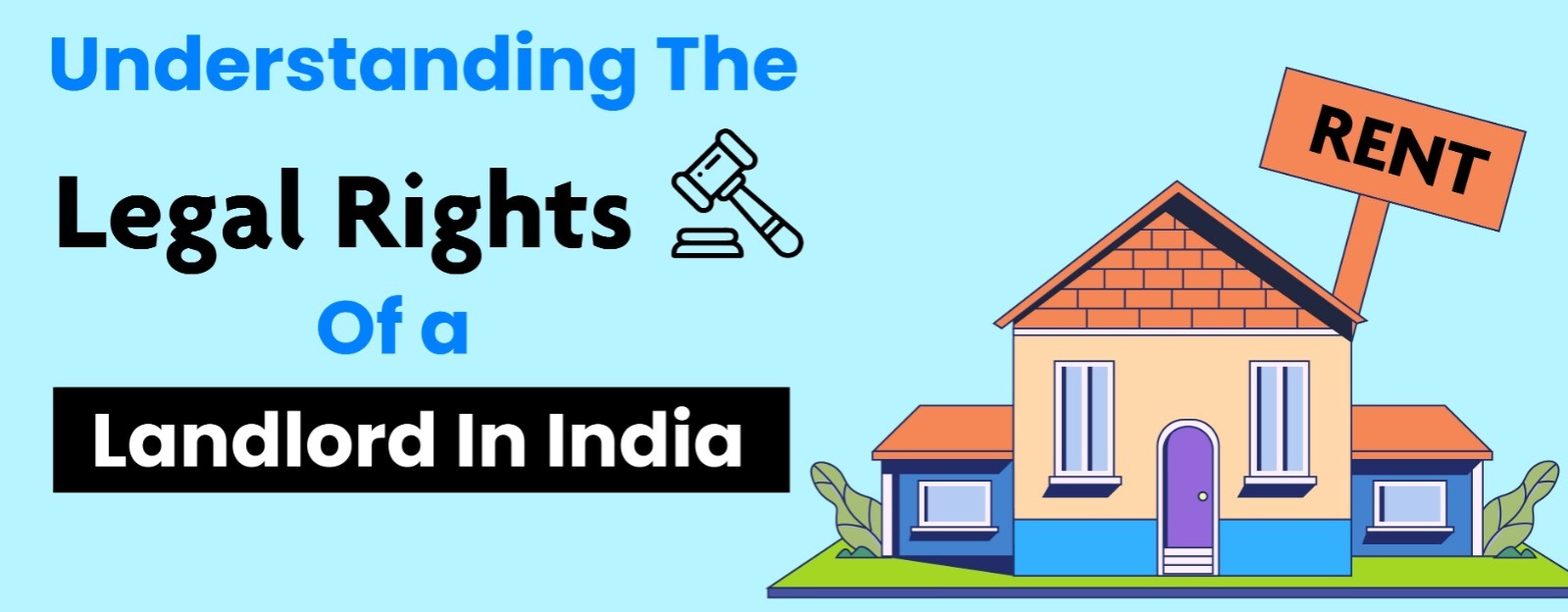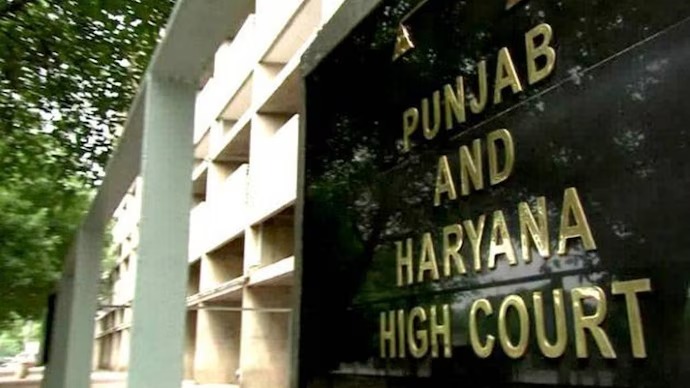@JUDGMENTTAG-ORDER
M.M. Pareed Pillay, J.@mdashRevision Petitioner is the brother of the 10th Defendant in O.S. 245 of 1985 of the Munsiff''s Court, Kayamkulam. 10th Defendant was set ex parte by the Munsiff. On his behalf revision Petitioner filed I.A. 94 of 1990 to set aside the ex parte order. That petition was dismissed by the Munsiff. The appeal filed by him as C.M.A. 11 of 1990 before the Additional District Court, Mavelikara was also dismissed.
2. As the interlocutory application was not filed by the 10th Defendant but by his brother. The Additional District Judge held that he has no locus standi to take part in the proceedings on behalf of the 10th Defendant and hence rejected the application.
3. The short question that arises for consideration is as to whether the revision Petitioner on the strength of Ext. B-1 letter from his brother is entitled to prosecute the application to set aside the ex parte order against the 10th Defendant. Ext. B-1 letter sent by the 10th Defendant directly to the Court authorises the revision Petitioner to defend the suit on his behalf. Additional District Judge held that Ext. B-1 cannot be construed as a power of attorney and it can never be a substitute for power of attorney as contemplated by law and so the revision Petitioner has no locus standi to prefer the application.
4. Order 3 Rule 1 provides for appearance of a party before the Court by recognized agent or by pleader. Order 3, Rule 1 reads:
Any appearance, application or act in or to any Court, required or authorised by law to be made or done by a party in such Court may, except where otherwise expressly provided by any law for the time being in force, be made or done by the party in person, or by his recognized agent, or by a pleader appearing, applying, or acting, as the case may be, on his behalf:
Provided that any such appearance shall, if the Court so directs, be made by the party in person.
Rule 2 states who are all the recognized agents. The recognized agents of parties by whom such appearances, applications and acts may be made or done are:
(a) persons holding powers of attorney, authorizing them to make and do such appearances, applications and acts on behalf of such parties;
(b) persons carrying on trade or business for and in the names of parties not resident within the local limits of the jurisdiction of the Court within which limits the appearance, application or act is made or done, in matters connected with such trade or business only, where no other agent is expressly authorized to make and do such appearances, applications and acts.
The main object of Order 3, Rule 1 is to enable a party to perform certain acts which he could have been otherwise required to perform in person through his recognized agents or pleaders. Another object is to prevent perpetration of fraud by any unauthorised person who poses himself to be the agent of a party before a Court. As Order 3, Rule 2 has stated who are all the recognized agents, the result is that no unauthorized person can Jake part in a proceeding before the Court of law without the knowledge or consent of the person for whom he seeks to represent. From Order 3, Rules 1 and 2 the intendment of the provision is very dear as it provides that only a recognized agent alone can act for a party in the proceedings before the Court.
5. Revision Petitioner has no case that he is a power of attorney holder of the 10th Defendant or that he is carrying on any trade or business for and in the name of the 10th Defendant. Ext. B-1 is not in any way helpful to hold that the revision Petitioner has any authority to defend the suit on behalf of the 10th Defendant.
6. Merely because Order 6, Rule 14 enables a party to authorize another person to sign pleadings on his behalf it is not possible to hold that such a person can make any application in his name before a Court. Order 6, Rule 14 at best enables only a party to have his pleadings signed by another under the exigencies mentioned in the rule. In Narayanan Nair v. John Kurien 1988 (1) KLT 673 Thomas, J. held that there is nothing in Order 6, Rule 14 suggesting that a written authorisation is indispensable for the proper compliance thereof and even oral authorisation would be sufficient to constitute due authorisation. This decision is no authority to hold that it would be open to the revision Petitioner to file the application in his name to set aside the ex parte order against the 10th Defendant.
The order of the Sub Judge in C.M.A. 11 of 1990 is confirmed. C.R.P. is dismissed. No costs.

